Industry information
Company News
- Wood grain aluminum veneer brings architectural aesthetics back to nature
- Wood grain aluminum veneer: natural charm in modern architecture
- Wood grain aluminum veneer: a fashionable element in modern architecture
- 2. Customized aluminum veneer, personalized design, making your home look brand new! 3. Aluminum veneer customization
- Aluminum veneer customization: an artistic journey to create personalized spaces
Industry dynamics
- Selection guide for 2.5mm thick aluminum veneer
- New trend of aluminum veneer: the beauty of light luxury and simplicity
- Imitation wood grain aluminum veneer: a perfect encounter between modernity and nature
- Aluminum veneer customization, creating exclusive space and new fashion
- Aluminum veneer: the hidden star in modern architecture
Frequently asked questions
- Will the thickness of aluminum veneer affect its service life?
- How to evaluate the impact of the plasticity of aluminum veneer on the appearance of buildings?
- What are the types of aluminum veneer?
- How does aluminum veneer provide the wind resistance required for modern buildings?
- Does the production of aluminum veneer require certification?
contact us
Mobile:+86 15627778610
Email: 2201229786
Address: No. 5 Binjiang Road, High tech Zone, Zhaoqing City, Guangdong Province
Seamless splicing of aluminum veneer in architectural design
- Author: Lesilong Technology (Guangdong) Co., Ltd
- Release time: 2022-03-04 22:19:05
- Click:0
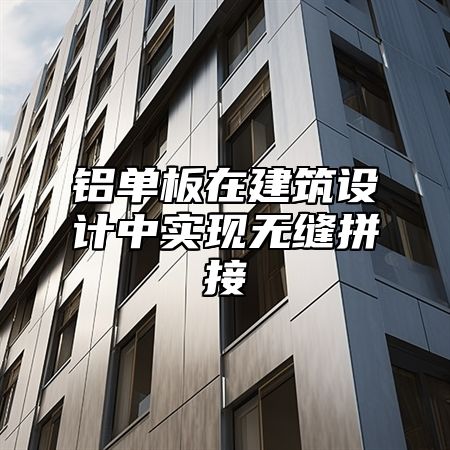
Modern architecture needs to possess the characteristics of beauty, practicality, and environmental friendlinessAluminum veneerAs a new type of building material, it has the advantages of lightweight, high strength, corrosion resistance, and easy processing, making it an ideal choice for achieving architectural aesthetics and sustainable development. In the installation process of aluminum veneer, seamless splicing is a very important technology, which can not only improve the overall beauty and decoration of buildings, but also enhance the stability and safety of buildings. Below, we will provide a detailed introduction on how to achieve seamless splicing of aluminum veneer in architectural design.
1、 Design concept
When designing aluminum veneer, it is necessary to first determine the design concept. The seamless splicing technology needs to be designed according to the specific needs and requirements of the customer, so it is necessary to fully understand the customer's business characteristics, brand image, and usage location information. On this basis, different colors, shapes, sizes, surface treatment methods, etc. can be selected to create aluminum veneer products that meet customer needs.
2、 Material preparation
In order to achieve seamless splicing of aluminum veneer, it is necessary to prepare the corresponding materials and tools in advance. For example, it is necessary to prepare aluminum veneers of different sizes and thicknesses, specialized splicing glue, professional splicing equipment and tools, etc. The selection of these materials and tools needs to be based on specific splicing requirements to ensure the quality and stability of the splicing effect.
3、 Splicing process
The splicing process of aluminum veneer is one of the key steps to achieve seamless splicing. Generally speaking, the splicing of aluminum veneer can be achieved through the following methods:
1. Point bonding method: Apply specialized splicing adhesive between two aluminum veneers, and then compact them with a specialized press to achieve seamless bonding between the two aluminum veneers.
2. Welding method: Two aluminum veneers are connected by electric welding or gas welding to achieve seamless connection between the two aluminum veneers. This method is suitable for splicing large-sized aluminum veneers.
3. Perforation method: Drill holes between two aluminum veneers and connect them together with special connectors to achieve seamless connection between the two aluminum veneers. This method is suitable for splicing small-sized aluminum veneers.
4、 Application scenarios
The application scenario of aluminum veneer is also an important factor in achieving seamless splicing. Different aluminum veneer products and design solutions can be selected according to different application scenarios to meet the special needs and requirements of customers. For example, aluminum veneers can be used in commercial spaces to create unique decorative effects, or in public buildings to enhance the overall safety and stability of the building.
By fully utilizing the unique material characteristics of aluminum veneer and appropriate design concepts, material preparation, splicing processes, application scenarios, and other methods, seamless splicing of aluminum veneer can be achieved in architectural design. This approach not only improves the overall aesthetics and decorative value of the building, but also reduces maintenance costs and energy consumption, contributing to the sustainable development of society. If you are looking for a decorative material that can provide unique seamless splicing decorative material options for your urban buildings to decorate your city building or site, then consider aluminum veneer as an excellent building material option.

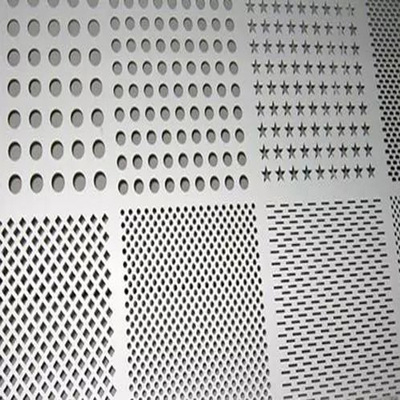

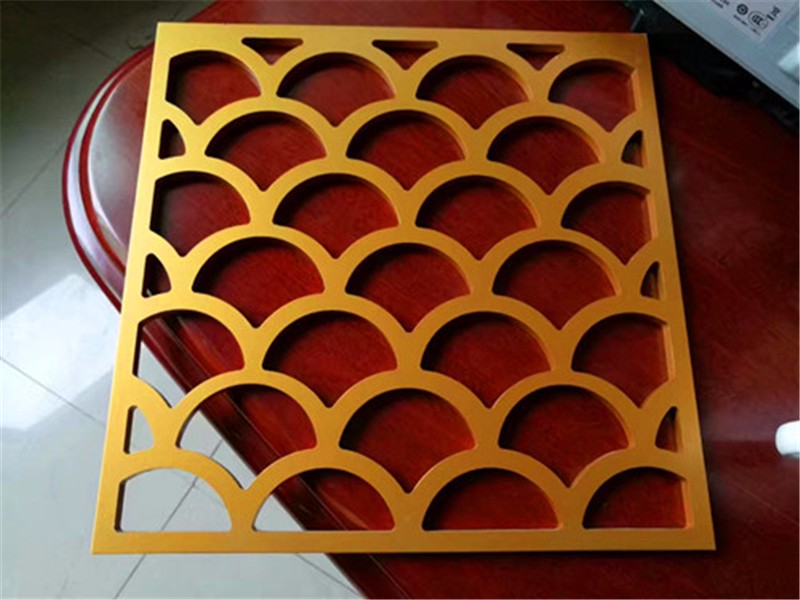
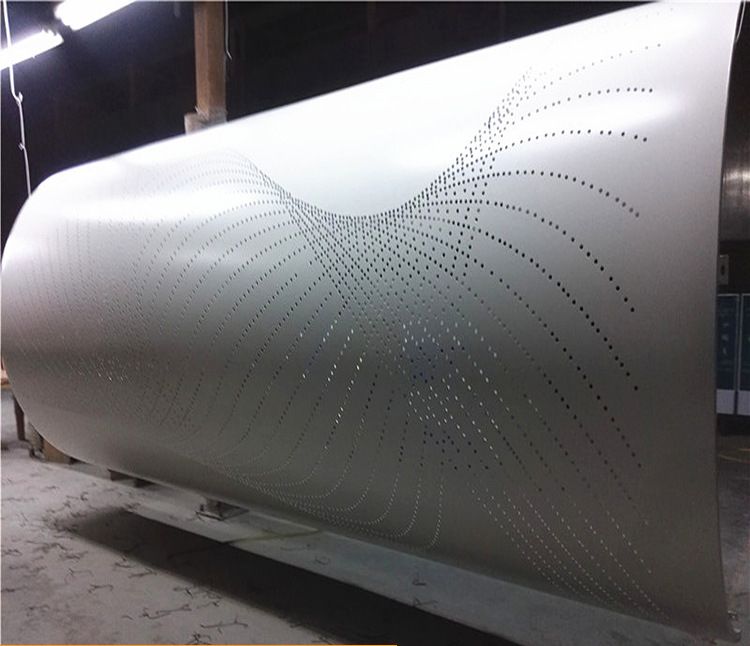
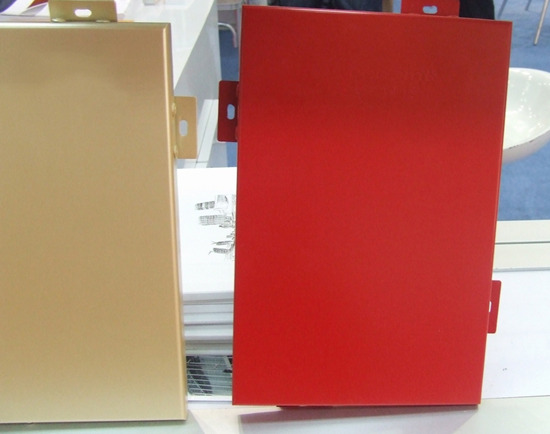
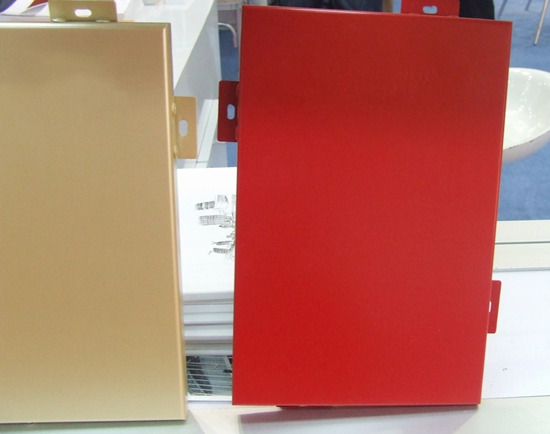
 Customer service QQ
Customer service QQ